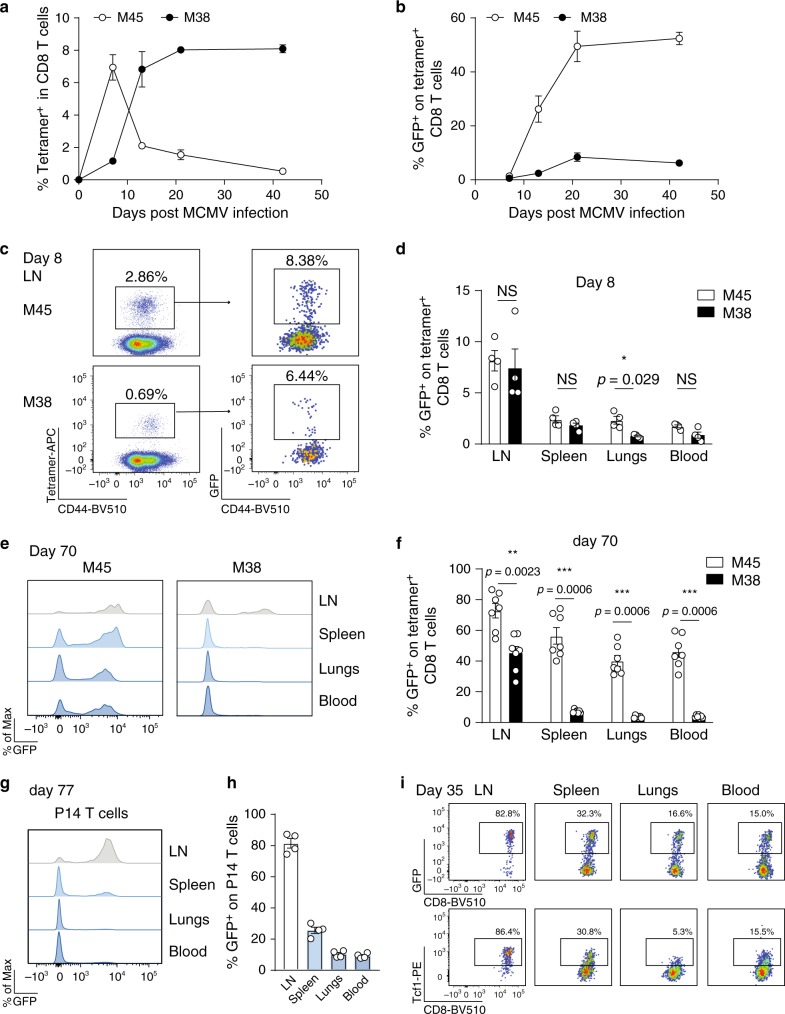Fig. 1. Tcf1 expression in MCMV-specific CD8 T cells.
Tcf7GFP mice were i.v. infected with 106 PFU MCMVΔm157. a Percentages of M45- and M38-specific within CD8 T cells and the frequency of Tcf1 (GFP+) cells within tetramer-positive populations (b) are shown in the blood as mean ± SEM (n = 3-4) of one experiment out of three independent experiments. c Cells from the inguinal LN were assed for CD44 and MHC class I tetramer binding 8 days post-infection (left dot plot). Right plots show Tcf1 expression, indicated by GFP, on M45- and M38-specific CD8 T cells. d Bar graphs show the percentage of MCMV-specific CD8 T cells expressing Tcf1 in different organs at day 8 post MCMV infection (n = 4). e Histograms show mean fluorescence intensity of Tcf1 (GFP) on M45- (left plot) and M38-specific (right plot) CD8 T cells at day 70 post-infection. f Bar graphs show the percentage of MCMV-specific CD8 T cells expressing Tcf1 in different organs at day 70 post MCMV infection. Pooled data of two experiments are shown (n = 7). g CD45.1+ P14 Tcf7GFP cells were adoptively transferred into naïve WT mice that were subsequently infected with 2 × 105 PFU MCMV-ie2-GP33. Histograms show mean fluorescence intensity of Tcf1 (GFP) on P14 cells. h Percentage of P14 T cells that express GFP are shown at 77 days post-infection (n = 4). i Flow cytometry plots shows expression of Tcf1 indicated by GFP expression (top row) or by intracellular antibody staining for Tcf1 (bottom row), on P14 T cells 35 days post-infection with 2 × 105 PFU MCMV-ie2-GP33. All bar graphs represent mean ± SEM (n = 3–5 mice) of one experiment out of 2 or 3 independent experiments. Each dot represents an individual mouse. *p < 0.05, **p < 0.01, ***p < 0.001; statistical significance was determined using the two-sided non-parametric Mann–Whitney test. Source data are provided as a Source Data File.

